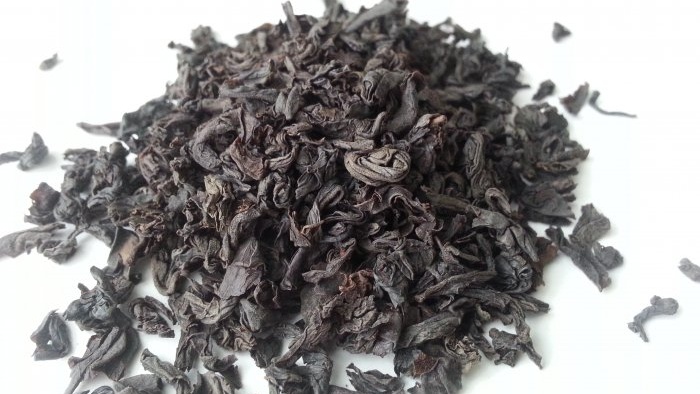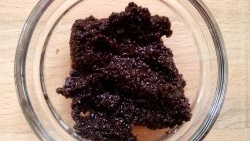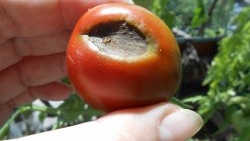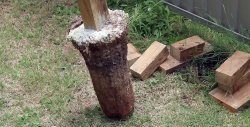What benefits for plants are contained in tea leaves?
As you know, tea is dried plant leaves, so they can be successfully used for organic feeding. The main ingredient in the tea is theine, which does not greatly acidify the soil, since its pH is partially neutralized by calcium ions present in the soil (black tea is more acidic, so it is better suited for acidophilic plants).
In addition to theine, tea leaves also contain many other ingredients, such as, for example, organic acids, essential oils, proteins, tannins, macro- and microelements (including nitrogen, phosphorus, potassium, fluorine, calcium, iron, magnesium, zinc), and therefore it is ideal as a natural fertilizer.
How to use tea leaves at home and in the garden?
1. You can mix the dried tea leaves with the substrate or put it on the bottom of the pot. When added to soil, it not only nourishes plants, but also promotes humus formation and helps maintain moisture.
2. The tea leaves can also be filled with warm water, left for several hours, and then watered over the plants with the resulting liquid. This natural fertilizer is suitable for most plants grown in an apartment and preferring a neutral or slightly acidic substrate, as well as for those who like humus and permeable soils and constant humidity.
3. You can also use tea leaves in the garden. If you bury it in the ground next to the roots of garden plants, it will certainly contribute to their better growth and development. The tea will also improve the soil structure and help maintain optimal moisture levels. As at home, it is also well suited for growing a variety of plants, but is especially recommended for fertilizing species that prefer slightly moist substrates rich in humus and organic matter (for example, ferns and hydrangeas).
4. In addition to enriching the soil with minerals and organic substances, tea leaves, thanks to the essential oils it contains, can repel pests and insects that will not be happy with the strong smell. Tea can also improve plant resistance to disease.
5.Tea leaves can be an excellent addition to compost as it speeds up the formation of humus and the decomposition of biomass. You can add it both in bulk form (leaf teas, granulated tea) and in used tea bags (but only on the condition that the bags are made not of plastic, but of natural raw materials: paper, cotton, cellulose).
Which teas can you use and which should you avoid?
- Do not add sweetened tea leaves to your compost or plants because the sugar will encourage the development of pathogens and fungi.
- It should also be remembered that the grounds of pure teas are considered best: black, white or green. The most valuable organic substances are contained in tea that has undergone the least processing (green, white), and slightly less in black tea, which was fermented during the production process.
- As an organic fertilizer, it is better not to use artificially flavored teas or those enriched with substances that improve their taste. All of them may contain residues of chemical compounds that negatively affect plant development.















